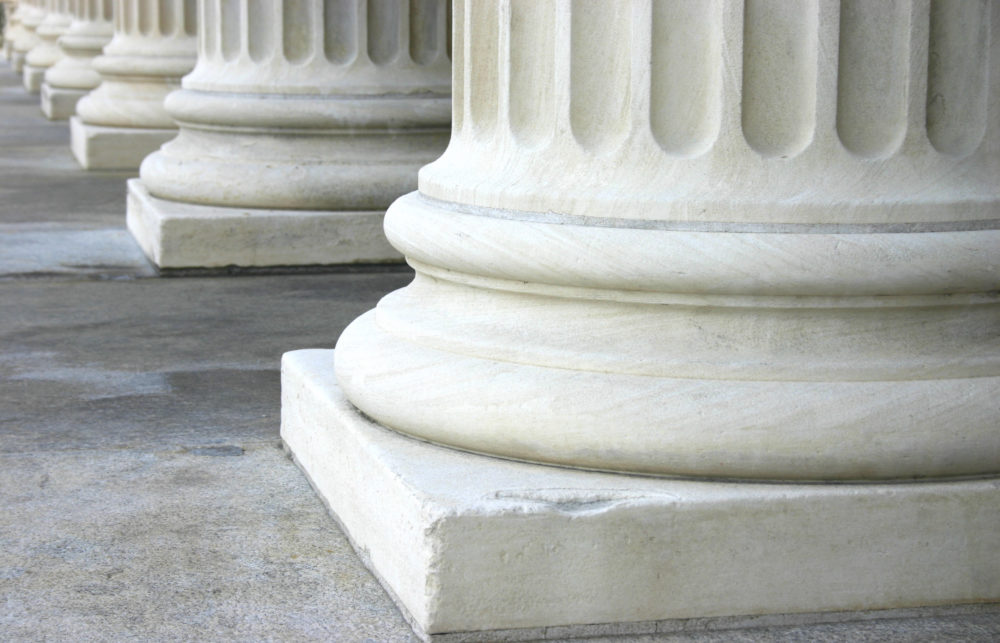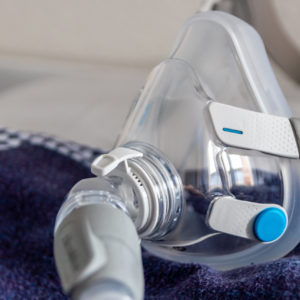SoClean Supports Consolidation of Class Action Lawsuits Over Ozone CPAP Cleaning Devices
The lawsuits allege SoClean Ozone CPAP cleaning devices emit dangerous levels of gas, causing injuries similar to those reported with recalled Philips DreamStation CPAP machines

With a growing number of individuals nationwide pursuing SoClean class action lawsuits over the ozone CPAP cleaning devices, the device manufacturer acknowledges that it is appropriate for the federal courts to centralize the claims as part of an MDL, or multidistrict litigation.
There are currently at least 12 SoClean lawsuits pending in U.S. District courts throughout the country, each involving similar claims that the CPAP cleaning devices release dangerous levels of ozone, which can lead to coughing, nasal irritation, headaches, asthma attacks and other respiratory problems.
Did you experience problems?
Financial compensation may be available for injuries caused by SoClean Ozone CPAP cleaning devices
SoClean devices are intended to sterilize and deodorize CPAP breathing machines, which are used by individuals with sleep apnea. However, the lawsuits note that to be effective at sanitizing the devices using ozone, SoClean devices must emit levels of gas that are higher than can be safely tolerated by humans or animals.
Given that millions of these devices were sold throughout the U.S., the number of SoClean CPAP sanitizing lawsuits is expected to continue to rise in the coming months and years.
Last month, two plaintiffs filed a motion to transfer with the U.S. Judicial Panel on Multidistrict Litigation (JPML), proposing that all lawsuits over SoClean ozone CPAP cleaning machines be centralized in the U.S. District Court for the District of Kansas, before U.S. District Judge Holly Teeter.
Known as an MDL, or multidistrict litigation, such consolidation is common in complex product liability litigation, where a large number of claims have been presented by former users of the same device, alleging similar injuries. Centralizing the SoClean CPAP lawsuits would help avoid duplicative discovery, prevent contradictory rulings from different judges, and serve the convenience of the parties, witnesses, and courts, according to the plaintiffs.
On November 5, SoClean filed a response brief (PDF) in support of centralization. However, the company calls for the lawsuits to be centralized in the Eastern District of Louisiana instead.
“There is no dispute between the parties that the Related Actions share a common core of operative factual allegations. Plaintiffs in all Related Actions purport to be alleged users and/or purchasers of the SoClean cleaning device,” the response brief states. “Moreover, Plaintiffs in all Related Actions allege that SoClean made false or misleading representations about the ozone gas used to clean and disinfect CPAP devices and failed to warn its purchasers and users about any potential dangers of ozone gas.”
Similar Injuries Linked to Recalled Philips CPAP Machines
The SoClean litigation involves reports of injuries similar to those linked to millions of recalled Philips Respironics DreamStation and other CPAP machines that featured a defective sound abatement foam, which has been found to degrade and release toxic particles and gases directly into the air pathways.
There are now hundreds of Philips CPAP lawsuits and class action claims being filed against the makers of the sleep apnea machine, alleging that users were exposed to an increased of cancer, severe respiratory problems and other health complications after breathing chemicals and gases released as the foam breaks down.

Philips CPAP Recall Lawsuit
Millions of recalled Philips DreamStation, CPAP, BiPAP and ventilator machines may release toxic foam particles and chemicals into the air pathway.
Learn More About this Lawsuit See If You Qualify For CompensationAt the time of the recall, Philips suggested that use of SoClean and other similar cleaning devices involving ozone and UV light may exacerbate the foam’s degradation.
In late February, the FDA issued safety communication about CPAP cleaning products like SoClean, months before the Philips recall, indicating users were experiencing respiratory complications after using certain ozone gas or ultraviolet (UV) light cleaning devices to disinfect or sanitize machines. However, some lawsuits now indicate that these complaints may have actually been side effects of Philips CPAP foam degrading.
On October 12, SoClean filed a lawsuit against Philips, claiming its products are being used as a scapegoat for respiratory problems linked to Philips use of toxic sound abatement foam, which it claims is the real cause of recalled Philips breathing machine users suffering respiratory problems. The lawsuit alleges Philips is trying to deflect blame to SoClean to cover up what it calls a “glaring design flaw” due to the use of the PE-PUR foam.
The U.S. JPML has already established consolidated pretrial proceedings for the Philips CPAP recall litigation, centralizing the claims before U.S. District Judge Timothy J. Savage in the Eastern District of Pennsylvania.
The panel is expected to schedule oral arguments on consolidation of the SoClean class action lawsuits over problems with the ozone CPAP cleaning devices during an upcoming hearing scheduled for January 30, 2022. The JPML will then determine whether centralized management is appropriate at this early stage of the SoClean litigation, and the most appropriate forum for the pretrial proceedings.
Get more articles like this sent directly to your inbox.
"*" indicates required fields



0 Comments